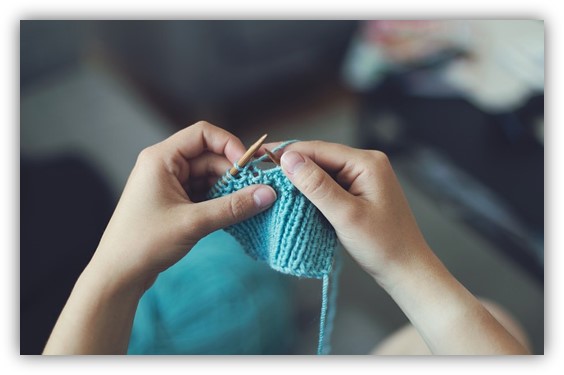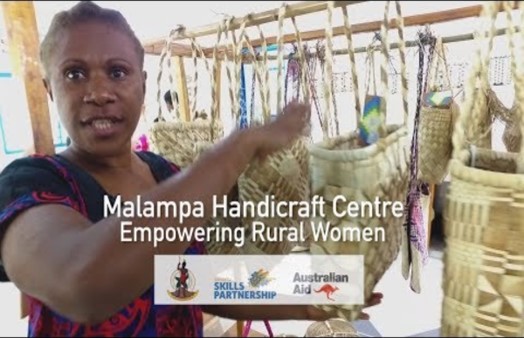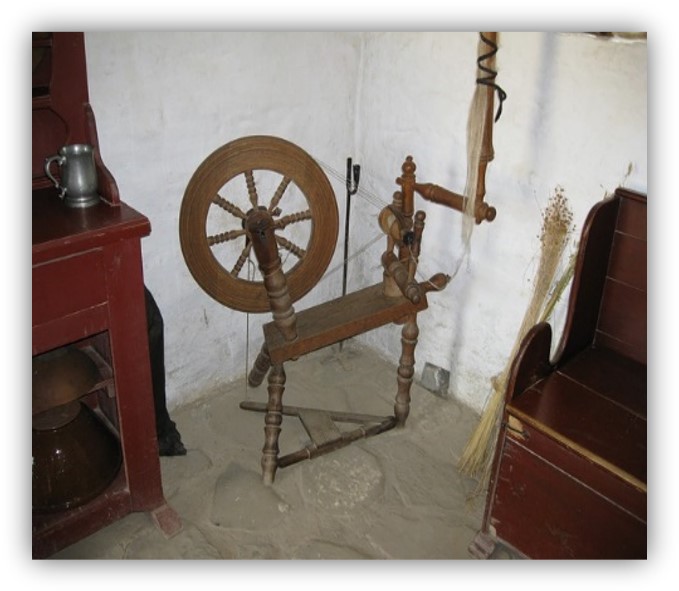|
What to know before starting?
What to know before starting? 
What will you learn?
 Discover where to start creating handicraft products. Discover where to start creating handicraft products.
 Recognise the sources of inspiration for handicraft projects. Recognise the sources of inspiration for handicraft projects.
 Provide the examples of opportunities for selling and promoting handicrafts. Provide the examples of opportunities for selling and promoting handicrafts.
How much time will it take?
 10 minutes 10 minutes
EQF level
Level 3
Who created the content and will recognise your learning?
This material was created by the partners of the Erasmus+ project “Upskilling Rural”.
Let’s start... but first think… 
Let’s start... but first think…
 |
Handicrafts
Handicrafts are handmade products created using traditional skills and tools. These items are often decorative or functional and can include things like pottery, textiles, jewelry, and woodwork. Handicrafts are typically unique, reflecting the personal touch and cultural heritage of the artisan.
|
Handicrafts products
Handicrafts products 
Where to start creating handicraft products?  - Stages… - Stages…
1. Concept and Design:
- Idea Generation: to conceptualize the product based on inspiration, cultural significance, or functionality.
- Sketching and Planning: to draw designs and plan the dimensions, materials, and techniques to be used.
2. Material Selection:
- Choosing Materials: to select appropriate raw materials (e.g., clay, wood, fabric, metal) based on the design and desired outcome.
- Preparing Materials: to process the raw materials as needed, such as cutting wood, molding clay, or dyeing fabric.
3. Crafting:
- Basic Construction: to begin forming the basic shape of the product using techniques like weaving, carving, molding, or sewing.
- Detailing: to add intricate details and refine the product, such as engraving patterns, painting, or attaching decorative elements.
4. Finishing:
- Smoothing and Polishing: Sand, buff, or otherwise smooth surfaces to achieve the desired finish.
- Applying Finishes: Apply coatings, varnishes, glazes, or dyes to protect and enhance the appearance of the product.
5. Quality Control:
- Inspection: Examine the finished product for any defects or imperfections.
- Testing: Ensure the product meets functional and aesthetic standards.
6. Packaging and Presentation:
- Packaging: Carefully package the product for protection and appeal.
- Labeling: Include information such as the artisan's name, materials used, and care instructions.
7. Marketing and Selling:
- Display: Arrange the products attractively for sale, whether in a physical store, market stall, or online.
- Promotion: Use various marketing strategies to attract buyers, such as social media, craft fairs, or exhibitions.
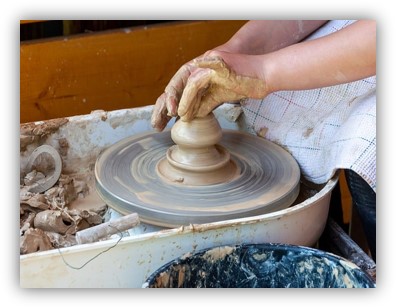 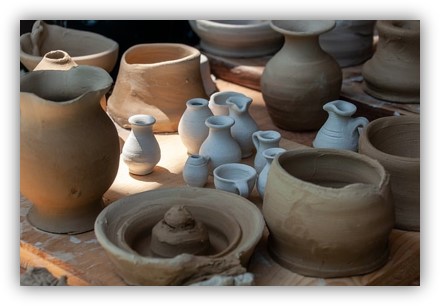 
Inspiration and design ideas 
Where to get ideas for projects? 
Sources of inspiration and suggestions for handicraft projects can come from nature, architecture, everyday objects, local cultural heritage, monuments, thematic blogs, websites with tips, social media platforms (such as YouTube), where you can find many ideas for simple projects. For beginners who are just starting out, the best projects are those that do not require complicated tools or advanced skills.
This could be braided bracelets, decorating decoupage objects or embroidered pictures. It is worth choosing an industry in which there is high demand and little competition.
Jewellery is very popular. Handmade jewellery is incredibly original and people often buy it.
Other ideas for handicrafts :
- making ceramics,
- tapestries, lace, clothing (e.g. for children),
- prints, paintings,
- souvenirs,
- sculptures, ornaments made by a blacksmith,
- wicker baskets,
- jugs.
  
Sales opportunities for handicrafts 
Where to promote handicrafts? 
- dedicated handmade groups,
- shops,
- boutiques and online galleries
- social media,
- auction and shopping portals,
- own online shop,
- advertising services.
Sources
Sources 
|












 Play Audio
Play Audio 



 Discover where to start creating handicraft products.
Discover where to start creating handicraft products. 10 minutes
10 minutes






 - Stages…
- Stages…





